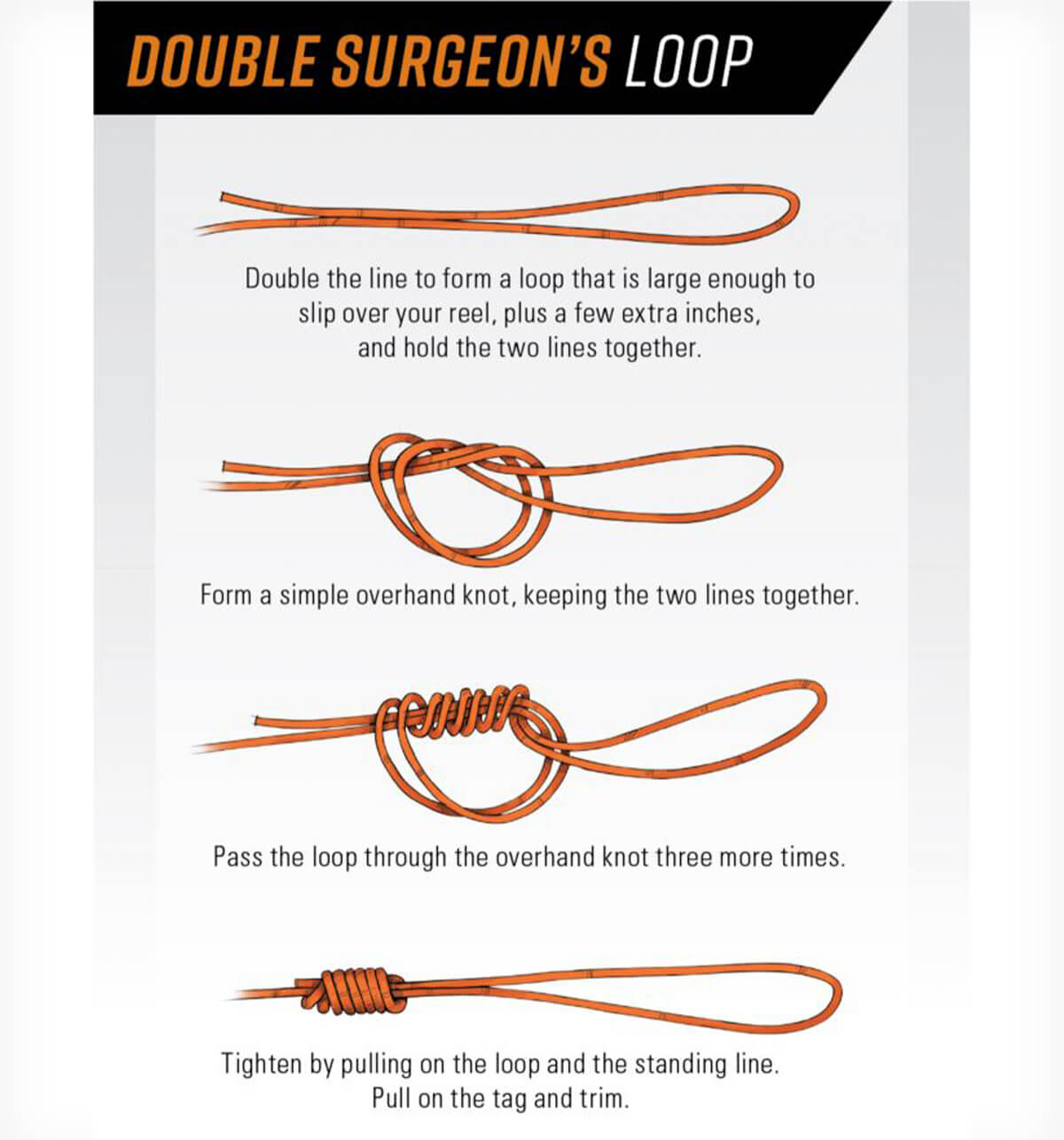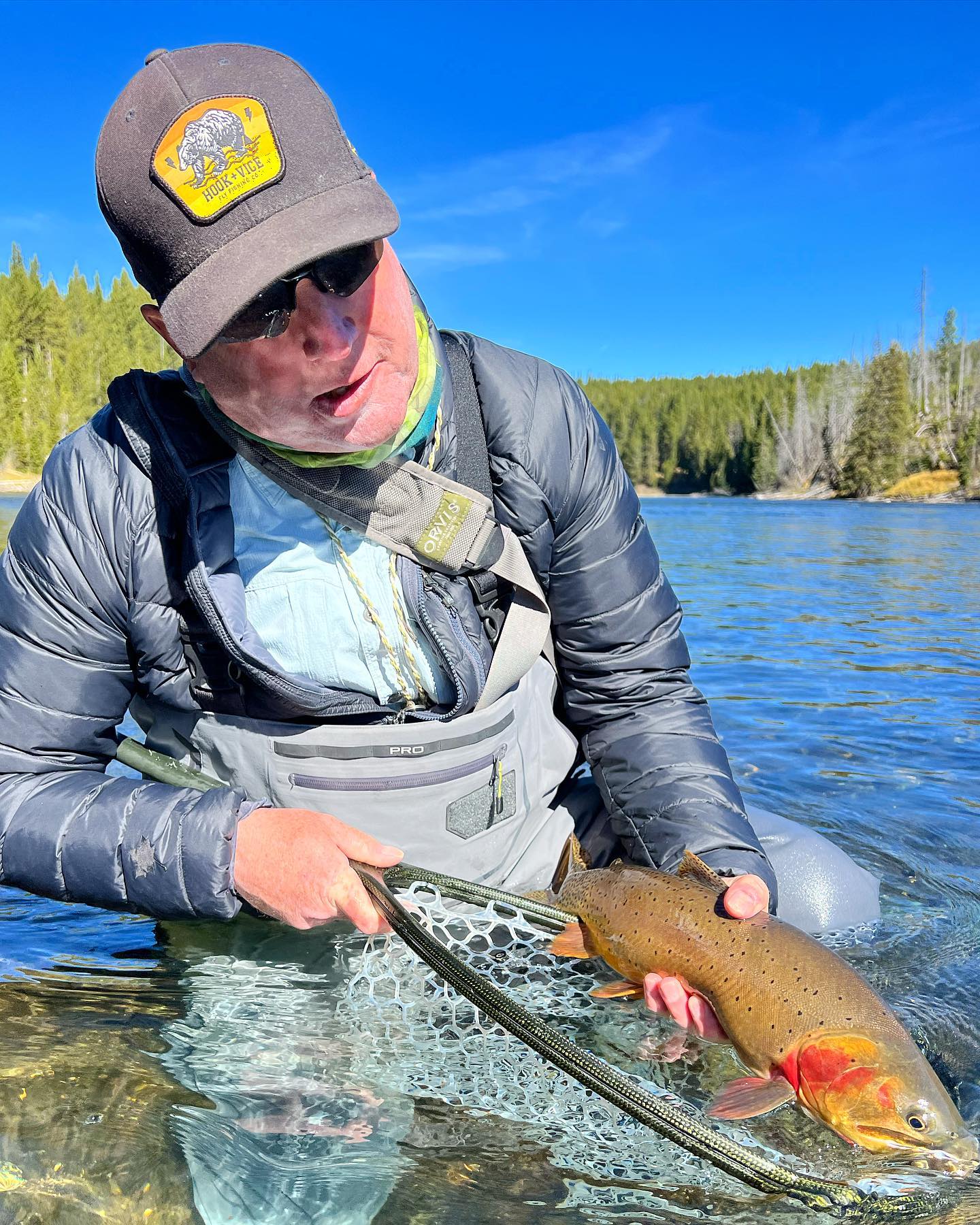Essential fly lines for stillwater fly fishing include floating lines, intermediate lines, and sinking lines. Each type serves a specific purpose.
Fly fishing in still waters requires the right equipment to maximize success. Selecting the appropriate fly line is crucial. Floating lines are ideal for surface fishing and dry flies. Intermediate lines sink slowly, making them perfect for subsurface fishing. Sinking lines, available in various sink rates, allow anglers to reach deeper waters where fish often hide.
Understanding the conditions and target species helps in choosing the right line. This guide offers insights into selecting essential fly lines for stillwater fly fishing, ensuring you are well-equipped for your next fishing adventure. Proper line selection enhances your chances of a productive and enjoyable fishing experience.
Contents
Introduction To Stillwater Fly Fishing
Stillwater fly fishing is an exciting way to catch fish in lakes and ponds. It offers a unique challenge compared to river fishing. The calm waters provide a serene environment. You can find larger fish in still waters. This type of fishing requires specialized gear and techniques.
Why Stillwater?
Stillwater fishing can be very rewarding. The fish grow larger because they have more space. The calm water helps you spot fish more easily. Also,stillwaterss often have a diverse range of fish species.
- Big Fish: Lakes and ponds often hold bigger fish.
- Peaceful Environment: The calm water makes for a relaxing experience.
- Diverse Species: You can catch different kinds of fish.
Basic Gear Requirements
To start stillwater fly fishing, you need some basic gear. Here is what you will need:
| Item | Description |
|---|---|
| Fly Rod | A 9-foot rod is ideal for still water fishing. |
| Fly Reel | Choose a reel that balances well with your rod. |
| Fly Lines | You need floating, intermediate, and sinking lines. |
Having the right gear makes your fishing trip more successful.
- Rod: A 9-foot, 5-7 weight rod works best.
- Reel: Select a reel with a smooth drag system.
- Lines: Use different lines for varying depths.
Remember, the right gear is essential for a great fishing experience.

Types Of Fly Lines
Fly fishing in Stillwater requires the right tools. One of the most important tools is the fly line. This guide will help you understand the types of fly lines you need for Stillwater fly fishing.
Floating Lines
Floating lines are essential for surface fishing. They stay on the water’s surface. Use them for dry flies and nymphs. They help you see strikes easily. They are great for beginners.
- Easy to cast
- Visible on the water
- Best for calm days
Intermediate Lines
Intermediate lines sink slowly. They are perfect for fishing just below the surface. Use them when fish are not rising. They help you reach fish at different depths.
- Slow sinking rate
- Good for windy conditions
- Great for nymphs and streamers
Sinking Lines
Sinking lines are designed to get your fly deep. They sink at various rates. Choose the rate based on the water depth. They are best for deep-water fishing.
| Sinking Rate | Use Case |
|---|---|
| Slow | Shallow water |
| Medium | Moderate depth |
| Fast | Deepwater |
Use these lines to target fish at different depths. They are great for windy and rough conditions.
Choosing The Right Fly Line
Choosing the right fly line for Stillwater fly fishing is critical. The fly line you select affects your fishing success. Different conditions and fish species require different lines. This guide helps you choose the perfect fly line.
Water Conditions
Water conditions play a huge role in fly line selection. Clear water requires a delicate presentation. This means using a floating line or an intermediate line. Murky water needs a more visible line. Here, a brightly colored line works best.
Consider the depth of the water. Shallow water benefits from a floating line. Deep water requires a sinking line. Use a fast-sinking line for very deep water. This ensures your fly reaches the fish quickly.
Fish Species
The fish species you target also influence fly line choice. Trout are often found near the surface. A floating or slow-sinking line works well for trout. Larger fish-like bass might be deeper. For bass, use a sinking line.
Different fish have different feeding habits. Match your fly line to these habits. For example, pike are aggressive. A fast-sinking line can help you catch pike. Understanding fish species helps you choose the best fly line.
| Condition | Recommended Fly Line |
|---|---|
| Clear Water | Floating or Intermediate Line |
| Murky Water | Brightly Colored Line |
| Shallow Water | Floating Line |
| Deep Water | Sinking Line |
| Fishing for Trout | Floating or Slow-Sinking Line |
| Fishing for Bass | Sinking Line |
| Fishing for Pike | Fast-Sinking Line |
Floating Lines In Detail
Floating lines are crucial for Stillwater fly fishing. They provide versatility and control. They are best for surface or near-surface fishing. Let’s dive into the details of floating lines.
Best Uses
Floating lines excel in various Stillwater scenarios. Here are the top uses:
- Dry Fly Fishing: Perfect for fishing with dry flies on the water’s surface.
- Nymphing: Ideal for fishing nymphs just below the surface.
- Emergers: Great for targeting fish feeding on emerging insects.
- Light Streamers: Suitable for casting light streamers close to the surface.
Top Brands
Several brands offer high-quality floating lines. Here are the top choices:
| Brand | Model | Features |
|---|---|---|
| Rio Products | Rio Gold | Excellent casting, high visibility |
| Scientific Anglers | Amplitude Smooth | Low memory, high durability |
| Orvis | Hydros HD | Textured surface, superior flotation |
| Airflo | Super-Dri Elite | Ultra-smooth, minimal drag |
Choosing the right floating line enhances your fishing experience. Consider these top brands for quality and performance.
Intermediate Lines Explained
Intermediate fly lines are vital for Stillwater fly fishing. These lines sink at a slow rate, making them perfect for various fishing situations. Understanding when and how to use them can greatly improve your fishing success.
Ideal Situations
Intermediate lines are perfect for fishing in slightly deeper waters. They work well in water depths of 1 to 6 feet. Use them when fish are just below the surface. They are also great for fishing in windy conditions. The slow sink rate helps keep your fly in the strike zone longer.
| Situation | Depth | Conditions |
|---|---|---|
| Shallow Waters | 1-3 feet | Calm or Windy |
| Moderate Depth | 3-6 feet | Windy |
Popular Choices
- RIO InTouch CamoLux: This line sinks at 1.5 to 2 inches per second. It is ideal for stealthy presentations.
- Scientific Anglers Sonar Stillwater: Offers a sink rate of 1.25 inches per second. Perfect for targeting fish in the top few feet.
- Airflo Sixth Sense: Sinks at 1.5 inches per second. Great for fishing in calm or windy conditions.
Each of these lines offers unique advantages. Choose one based on your fishing conditions. An intermediate line can make a big difference in your catch rate.

Understanding Sinking Lines
Sinking lines are crucial for Stillwater fly fishing. They help you reach fish hiding in deeper waters. These lines come in various sink rates. Choosing the right one can make all the difference.
Depth Control
Depth control is vital in Stillwater fly fishing. Different sinking lines help control your fishing depth. Each line type has a specific sink rate, measured in inches per second (ips). Here are common types:
- Intermediate Sinking Line: Sinks at 1-2 ips. Ideal for shallow waters.
- Type III Sinking Line: Sinks at 3-4 ips. Perfect for mid-depths.
- Type V Sinking Line: Sinks at 5-6 ips. Best for deeper waters.
- Type VII Sinking Line: Sinks at 7-8 ips. Used for very deep fishing.
Choosing the correct line helps you target fish at the right depth. This increases your chances of a successful catch.
Recommended Products
Here are some top recommended sinking lines for stillwater fishing:
| Product | Sink Rate | Best For |
|---|---|---|
| Scientific Anglers Frequency Sink Tip | 1.25-2.5 tips | Shallow Waters |
| RIO InTouch Deep 3 | 3-4 tips | Mid-Depth Waters |
| Orvis Depth-Charge | 5-6 tips | Deep Waters |
| Airflo Sixth Sense Di7 | 7 tips | Very Deep Waters |
These products offer great performance and reliability. They are trusted by many experienced anglers.
Tips For Line Maintenance
Maintaining your fly lines is crucial for successful stillwater fly fishing. Proper care ensures longevity and peak performance. This guide provides essential tips for maintaining your fly lines.
Cleaning Tips
Fly lines attract dirt, algae, and debris. Regular cleaning is vital. Follow these steps for effective cleaning:
- Fill a bucket with lukewarm water.
- Add a few drops of mild dish soap.
- Soak the fly line for 10-15 minutes.
- Gently scrub with a soft cloth.
- Rinse with clean water.
- Dry with a soft towel.
Cleaning your fly line after each trip keeps it in top shape.
Storage Advice
Proper storage extends the life of your flyline. Follow these tips:
- Store in a cool, dark place.
- Avoid direct sunlight.
- Keep away from chemicals.
- Store loosely coiled to avoid kinks.
Proper storage prevents damage and maintains flexibility.
Using these cleaning and storage tips keeps your fly lines ready for action. Enjoy smoother casts and better fishing experiences.
Advanced Techniques
Mastering fly fishing in Stillwater environments requires more than basic skills. Advanced techniques elevate your fishing game. This section explores advanced techniques focusing on line manipulation and casting strategies.
Line Manipulation
Effective line manipulation enhances your success rate. Adjusting your flyline position is crucial.
- Retrieve Speed: Vary the speed to mimic natural prey.
- Depth Control: Use sinking lines to reach fish at different depths.
- Line Mending: Correct line drag to keep the fly’s natural movement.
Use these tips to improve your catch rate:
- Observe fish behavior.
- Adjust your retrieve accordingly.
- Keep practicing different techniques.
Casting Strategies
Proper casting strategies are vital in sStillwaterfly fishing. Aim for precision and distance.
| Strategy | Description |
|---|---|
| Double Haul Cast | Increases line speed and distance. |
| Roll Cast | Useful in limited space scenarios. |
Consider these tips for better casting:
- Practice: Regular practice improves accuracy.
- Wind Awareness: Adjust your cast based on wind conditions.
- Correct Form: Maintain proper form to avoid fatigue.
With these strategies, you can cast with confidence and precision.

Frequently Asked Questions
What Are The Best Fly Lines For Stillwater?
The best fly lines for Stillwater are intermediate and floating lines. They offer versatility and control. Each type is suited for different depths and conditions.
How To Choose A Fly Line For Stillwater?
Choose a fly line based on water depth and fish activity. Floating lines are great for surface action. Intermediate lines are ideal for subsurface fishing.
Why Use Intermediate Fly Lines In Stillwater?
Intermediate fly lines sink slowly, making them perfect for subsurface fishing. They offer better control and depth management, enhancing your chances of catching fish.
What Is The Advantage Of Floating Fly Lines?
Floating fly lines are versatile for topwater fishing. They allow for easy casting and presentation, making them ideal for beginners and experts alike.
Conclusion
Mastering fly lines for stillwater fly fishing boosts your success. Choose the right line for your specific needs. Experiment with different types to find your perfect match. This guide provides essential insights to enhance your fishing experience. Equip yourself with the best tools and enjoy fruitful fishing trips.
For more fishing tips like this, stay with us at Fish Mania Guru
Happy fishing!